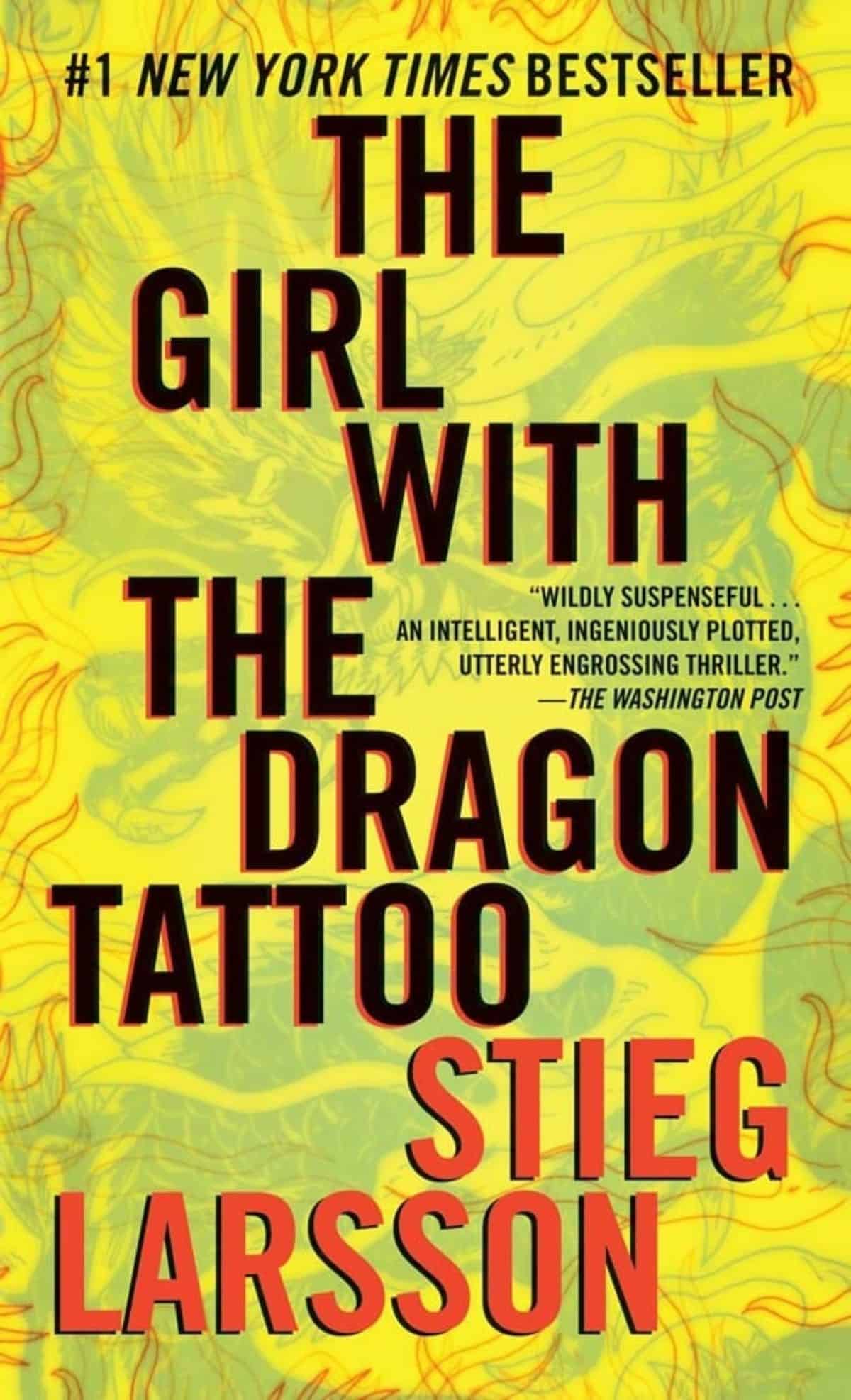In 2004, Swedish journalist Stieg Larsson sent two thick manuscripts – his first two novels – to a publisher. He was working on the third. The publisher promptly sent them back. (Oh, how he must have repented that decision!) Second publisher signed Larsson for three novels. Shortly after he sent the manuscript for the third novel, he climbed a few floors because of a lift malfunction and collapsed on the office floor with a fatal heart attack. He was 50. The three novels were published in 2005, 2006 and 2007. Collectively known as the Millennium trilogy of crime novels, they created history. in 2008, Larsson was on second spot of best selling fiction author list, right behind Khalid Hosseini.
These three novels are : The Girl with the Dragon Tattoo (Män som Hatar Kvinnor), The Girl Who Played with Fire (Flickan Som Lekte med Elden) and The Girl Who Kicked the Hornets’ Nest (Luftslottet som sprängdes). Each novel is about 500-700 pages long, together the trilogy is about 1700 pages.
The protagonist Lisbeth Salander is a loner. She tried to kill her father as a child, to save her mother from his abuses. This resulted in her being sent to a mental asylum. Her report contains labels like schizophrenic, delusional, violent, uncooperative and so on. After she is released from the asylum, her misfortune continues – sexual abuse from a guardian, getting arrested twice while drunk. She has few positive qualities. She is very intelligent and she is a hacker. This, combined with her incredible ability to find solutions allows her to overcome many difficult situations. The male protagonist Mikael Blomkvist is based on Larsson himself. He is a journalist and owns half of the magazine Millennium.
Every author chooses his narrator according to his preference and demand of the story. David Copperfield would not have been as effective had Dickens not used the first person narrator because it is an autobiographical work. This will not work in a murder mystery because the narrator is seldom the killer. (A notable exception is a novel by Agatha Christie where the narrator is the killer. I will refrain from naming the novel.) Murder mysteries or science fiction stories often have a third person narrator who is omniscient and omnipresent, who can read people’s thoughts. In contrast, in the Harry Potter series, the third person narrator is not omniscient but represents the point of view of Harry. He, and by extension the readers, are only privy to those things that are known to Harry.
Larsson chooses third person omniscient narrator who finds his way through a series of fast paced events. When changing from one character to another, a new paragraph usually starts with the name of that character. Larsson does not waste time in descriptions and comes to the point quickly. Crispy dialogues keep the story moving.
In the first novel, a chance meeting between Mikael and Lisbeth starts a collaboration while Mikael is investigating a murder that happened 40 years ago. He solves the mystery with the help of Lisbeth. In the second novel, many page-turning incidents result in Lisbeth getting accused on three murders and becoming a fugitive. The third novel details Lisbeth’s arrest and her trial but this is soon overshadowed by some dramatic narrative turns. But this is not a simple falsely-accused-of-murder story. There are other important factors that complicate and enrich the storyline. These include Nazi organisations created in Sweden during WWII, political developments in Sweden during the 70’s and 80’s, a secret division of Swedish Security Service (Säpo) that was formed in 1989 to investigate the assassination of Swedish Prime Minister Olof Palme which make the canvas of the trilogy much larger. A minor problem while reading is the pronunciation of Swedish names such as Wadensjöö or Svavelsjö but this also lends authenticity to the environment. References to Agatha Christie or Enid Blyton or sentences like “The strange thing about the dog is that it did not bark, my dear Watson” indicate the literary inspirations of Larsson.
The tactics used by European countries to gain an upper hand during the cold war era and the innocent victims of those tactics – this results in a dark tale that features cruelty, violence and ruthless revenge. One is reminded of the surreal grey shadings of the movie Sin City. Lisbeth tries to remain true to her values but oftentimes these do not align with the values acceptable in society. Mikael has more acceptable values but he faces a dilemma while deciding if means justify the ends and sometimes has to compromise on his journalistic principles.
Larsson always opposed the far right, Neo-Nazi organisations that sprung up in Sweden during the 80’s and the 90’s. He also received death threats for his stance. Some people believe that his death was not natural. Larsson founded Swedish Expo Foundation. The magazine Expo bears similarity to the Millennium magazine in the stories.
The Millennium trilogy has spawned one English and three Swedish movies. The English version stars Rooney Mara as Lisbeth, Daniel Craig and Mikael and is directed by David Fincher. It is based on the first novel while the Swedish movies cover each novel separately.


